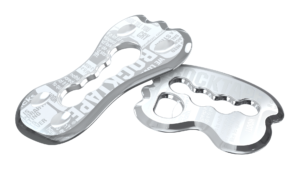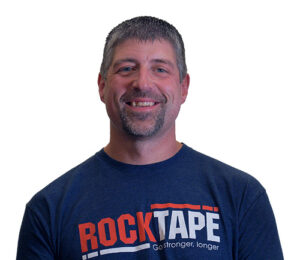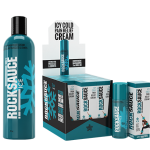Neuropathy is one of the most frequent symptoms that dramatically reduces the quality of life for patients with Multiple sclerosis (MS). Massage therapy and instrument assisted soft tissue mobilization (IASTM) can be helpful for MS patients to prevent or relieve spasticity and pain,* relax muscles, mobilize tissue, enhance range of motion (ROM) and reduce swelling.
Multiple sclerosis is an unpredictable disease of the central nervous system that disrupts the flow of information within the brain, and between the brain and body. MS patients tend to develop various areas in the brain and spinal cord where the myelin is partially or completely stripped off of the nerves, called plaques, or lesions. Without myelin, the electrical conduction of these nerves is altered, leaving the nerves unprotected and uninsulated; this usually presents as loss of feeling or pins-and-needles sensations, a common sign of nerve damage from MS.
Relapsing-Remitting MS
There are several forms of Multiple sclerosis, with the majority of MS patients experiencing Relapsing-Remitting MS (RRMS). RRMS is characterized by periods of time with decreased symptoms alternated with occasional relapses. Relapses can occur in a number of forms, but typically appear as a loss of vision, decreased strength and stability in a portion of the body, or foggy memory. When treating MS, the goal is typically to limit or prevent relapses from occurring because, oftentimes at least, some of those symptoms become permanent damage, leading to long-term degradation in function.
Last spring, I experienced my first MS related relapse in nine years. I lost approximately 90 percent of the sensation in my right leg due to a new MS lesion on my thoracic spine. Walking quickly became challenging because I had difficulty feeling the ground with my foot and knowing where to step. Running was off limits for quite a while. I’m happy to say that after receiving new treatment, I am back in remission, but I still don’t have a normal sensation in my right leg.
Increasing Sensation With IASTM

A technique that has helped me re-map my leg, is an upregulation stroke with my RockBlades on the skin covering my right leg. This has resulted in increased sensation and control. I typically use a fast stroke (approximately 200 beats per minute) and light to moderate pressure (2-4 on a scale of 10). I typically keep the overall treatment time to less than 5 minutes.
Interestingly enough, after my relapse, cold seems to stimulate my nervous system and enhance the effects of the upregulation stroke. To achieve this, I either place the RockBlade in a cool place for a few minutes prior to treatment, or I use RockSauce Ice as an emollient. The combination of cold with a quick, light stroke increases the sensory input to my leg providing me confidence while training.
Obviously not everyone with a neurological condition will respond the same way to IASTM, but the take home for clinicians is to utilize tools in a way that is powerful and effective for that specific patient. That occurs when we establish a therapeutic alliance with our patients, listening to them and their bodies and feeding it what it likes. Explore a number of variables (speed, depth, temperature, etc) to determine what works well for them. If you haven’t already, I highly recommend signing up for FMT Blades and Blades Advanced IASTM.
In this video, I will show you how to utilize the RockBlades tool to improve mapping and neurological sensitivity.

Mitch Hauschildt, MA, ATC, CSCS is a seasoned RockTape FMTinstructor, collegiate athletic trainer, father of four and strong believer that movement is medicine. Ten years ago, Mitch was diagnosed with Multiple Sclerosis, changing how he moves, feels and approaches life. Recently, he set his sights on running the New York City Half Marathon in an effort to support the Tisch MS Research Center of New York. In this blog series, we are following Mitch’s training and learning how he uses RockTape and TriggerPoint tools to help him reach his goals. To follow Mitch’s journey and support Team Tisch, visit mitchfightsms.com.
*Not clinically proven for all injuries. Products are not intended to replace professional medical advice or treatment.
